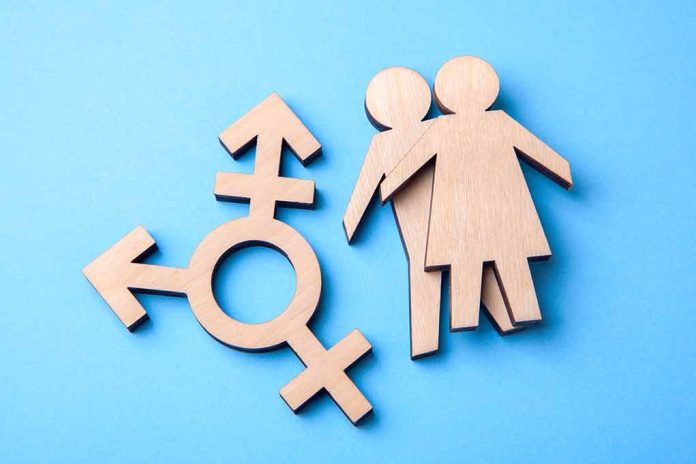
The federal government’s newly issued directive emphasizes the importance of biological sex, reshaping policies and funding by rejecting gender ideology.
Key Takeaways
- President Donald Trump issued an executive order focusing on biological sex in federal policy and funding.
- The order prioritizes traditional male and female classifications, excluding gender identity considerations.
- Federal documents and spaces will now reflect biological sex only, not gender identity.
- Agencies must adjust and provide compliance progress within 120 days.
- The directive affects federal funding and rights related to gender-inclusive practices.
Executive Order Overview
President Donald Trump signed an executive order titled “Defending Women from Gender Ideology Extremism and Restoring Biological Truth to the Federal Government” on January 20, 2025. This measure emphasizes biological sex as the cornerstone for federal definitions and enforces the notion that gender identity cannot substitute for sex-based classifications.
Federal policies will now define “male” and “female” based on biological roles determined at conception, not self-identified gender. It is a strategic move aiming to elevate sex-specific statutes and secure single-sex spaces.
The implementation of this order influences agencies across the board, requiring guidance to align policies within 30 days. Federal agencies are to enforce traditional definitions and ensure single-sex areas adhere to biologically-based segregation. The directive also impacts federal identification documents, mandating they reflect only biological sex. Furthermore, agencies must report progress within 120 days and draft legislation to incorporate these definitions into law.
Policy and Funding Impacts
This directive holds significant implications for funding allocations, ceasing federal support for gender-affirming programs and healthcare services related to gender identity. The order rescinds previous executive actions and guidelines that recognize gender identity, notably conflicting with the Bostock v. Clayton County ruling. Consequently, it affects the Department of Education and other agencies that previously accommodated gender inclusivity.
The Trump administration underscores, “sex” is not a “synonym for and does not include the term ‘gender identity.’”
Transgender individuals will now face exclusion from spaces designated for a single sex and cannot update sex markers on federal IDs to reflect their gender identity. The executive order instructs relevant authorities to prevent self-selection of gender on official documents.
Federal Response and Legal Codification
The implications of codifying this order into federal law represent a profound shift in policies concerning sex and gender within the United States. Federal agencies, as directed in the order, must reflect biological sex categorically in official documents and communication strategies to ensure the traditional definition of sex remains intact. The directive explicitly states that “gender identity” represents “an internal and subjective sense of self,” and steps are to be taken to eliminate its usage in federal contexts.
“As of today, it will henceforth be the official policy of the United States government that there are only two genders: male and female,” notably said Trump in his inaugural address.
This decisive policy shift reaffirms the administration’s commitment to protecting single-sex spaces and rejecting the spread of radical gender ideology. By grounding federal policy in biological reality, this executive order represents a critical step toward restoring traditional values and safeguarding fairness, with significant implications for LGBTQ+ initiatives and inclusivity programs.





